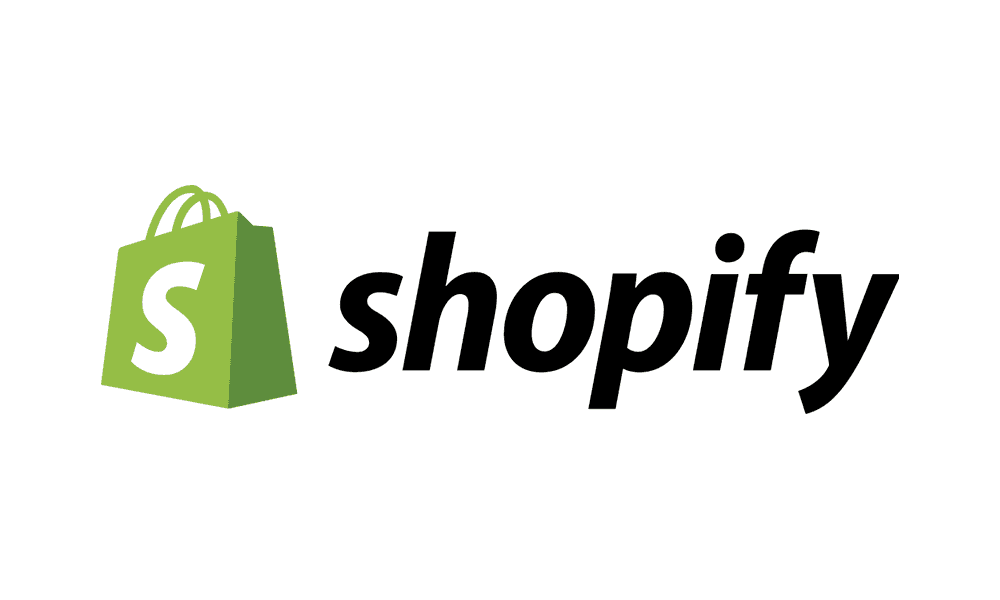The technology that you require, the application solutions you aspire for, and your software development and maintenance capabilities essentially decide the Kubernetes alternatives you choose.
Orchestration tools have varying complexity; many are feature-rich, while some may be irrelevant to your business. We’ll help you decide what’s best for your business.
Why We Need Containerization And The Problem It Solves
In the traditional setup, when the code you develop in one computing environment moves to another location, say, from a desktop computer to a virtual machine (VM) or from a Linux to a Windows operating system, you end up with bugs and errors because of compatibility issues between different platforms.
The solution was to place the software code, run time, and the libraries it needs to run inside a single package or container.
The stand-alone container operates independently from the host OS, sharing only the host’s operating system kernel and not creating additional dependency.
Because containers need less start-up time, more containers can run on the same computing capacity, thereby improving server efficiency, reducing server running time and licensing costs.
Once written in a container, an application can run anywhere regardless of differences in development models and vendor compatibility issues.
High portability ensures that containers can function on any virtual, physical, cloud, or on-premise platform with a resilient architecture compatible with emerging cyber security trends that you can’t ignore.
Most companies using containerization technology saw an improvement in application quality with fewer defects.
Container Orchestration: From Creating Containers To Managing Them
It’s not enough to containerize software codes; you need tools that help you manage hundreds of thousands of containers. Container orchestration is the automation tool that deploys, scales, and networks containers in any environment.
Four Factors Make Kubernetes A Resilient Container Orchestration Tool
Kubernetes, also known as K8s, is the open-source container orchestration tool created by Google for methodically managing the complexity of container applications processing.
- Kubernetes supports zero downtime: There is no service disruption as you develop and deploy applications.
- Kubernetes supports rollback: The hardware and software program reverts to its original version allowing developers to delete, modify, and insert updates.
- Kubernetes supports scaling: Kubernetes upscales or downsizes the pods and nodes in response to the demand and saves computing resources and expenses.
- Kubernetes supports container self-healing: If an app goes down, Kubernetes will reconfigure the pods and containers back to their health status so programs can resume working.
If Kubernetes Is Doing The Heavy Lifting, Why Search For Alternatives?
Kubernetes as an applications deployment solution is faster, simpler, and portable, which means that companies can leverage multiple cloud services.
With Immense Benefits On The Table, Why Should We Explore Kubernetes Alternatives?
The Complex And Steep Learning Curve
Kubernetes extracts a steep learning curve even from experienced DevOps specialists. So those that are less technically proficient will face challenges.
Costlier To Deploy And Operate
Despite being open-source, Kubernetes extracts higher deployment and operating costs and needs a larger computing environment.
It Comes With The Impact Of Overkill
Kubernetes is powerful enough to streamline deployments on a massive scale but excessive and wasteful for applications requiring simpler IT architecture.
Structural Legacy Issues Hamper Migration
Migrating to the Kubernetes platform could become problematic if you don’t resolve underlying applications issues within the existing infrastructure. You may have to partially or wholly reorganize or rebuild the infrastructure to ease the migration.
What Do You Look For In Any Alternatives To Kubernetes?
The ideal alternative to Kubernetes should be a cloud-native infrastructure that simplifies and speeds up application building, facilitates deployment, and allows applications scaling as the business grows.
The distributed operating system has Kubernetes as its kernel. You plug and play with your application, seamlessly integrating into the ecosystem without compatibility issues.
The developer-friendly web UI automates IT operations and helps DevOps teams achieve sustainable workflow.
Users enjoy the option of setting up Kubernetes clusters on cloud or on-premise either as a one-time installation or as a multi-nodal installation process with scalable add ons and upgrades.
The alternative Kubernetes container platform should be easily deployable on infrastructure anywhere – a virtual machine, bare metal, on-premise, public or hybrid cloud without compromising the Kubernetes kernel.
Conclusion
If you’re looking to sidestep the Google version of Kubernetes without abandoning its incredible usefulness, go for the lightweight cloud-native tool that is simple at its core, efficient at cluster management, and optimizes beautifully to run in any environment.











